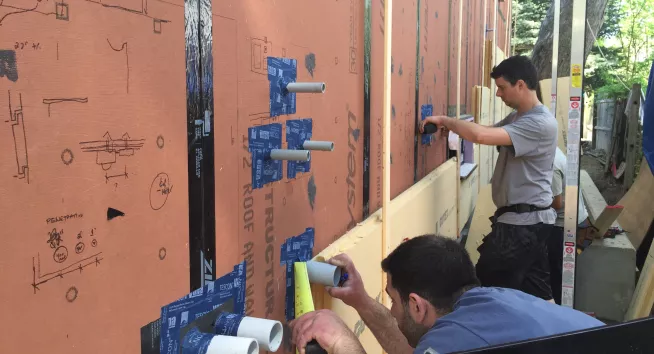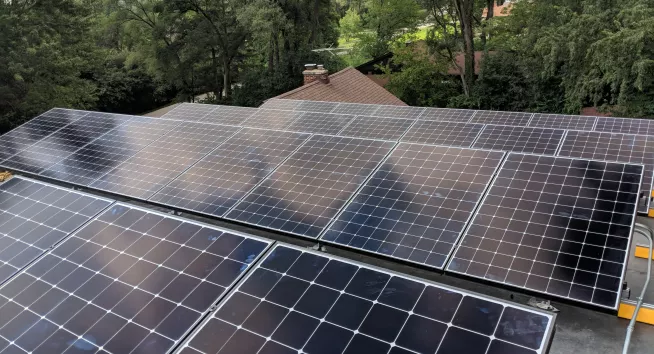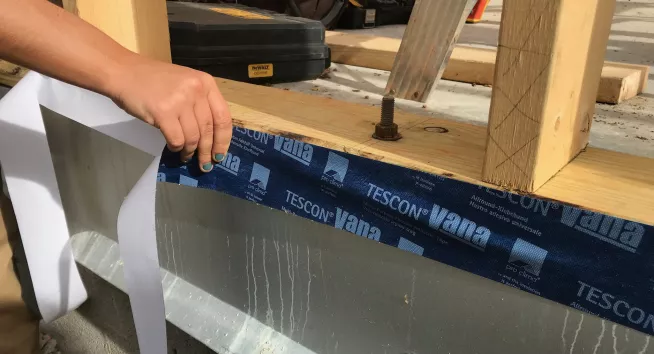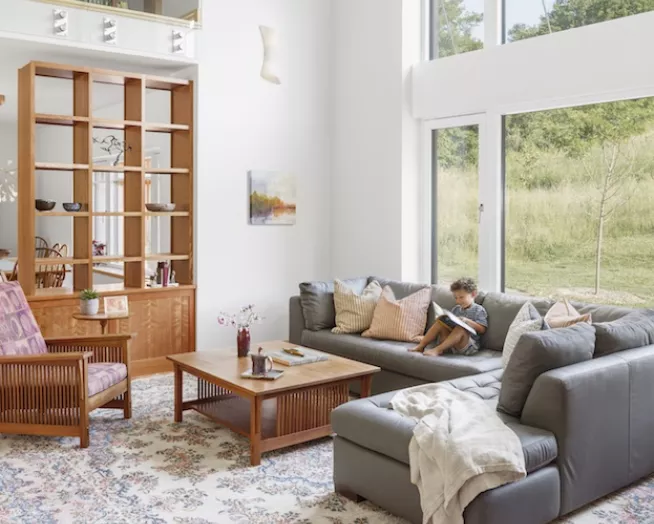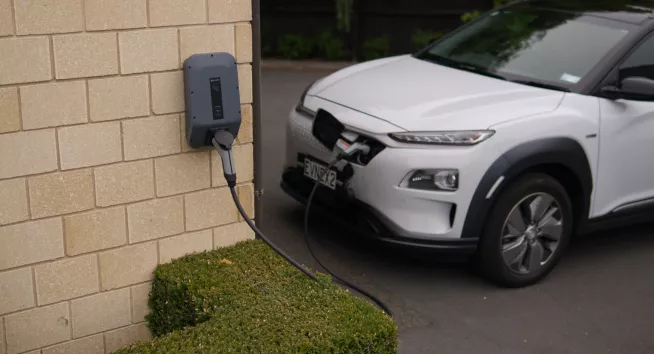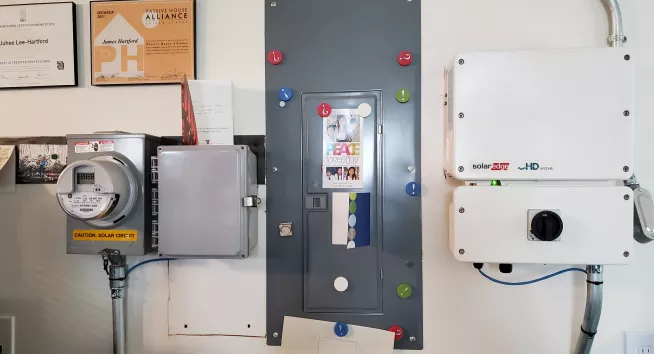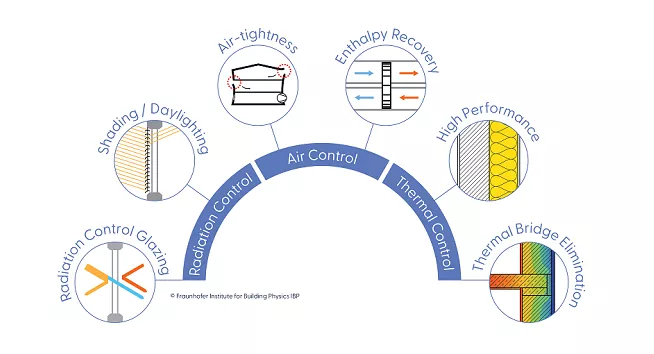
Passive Conservation
Passive conservation strategies, also referred to as passive building principles, reduce heating and cooling demands on an annual and peak basis. They include improved thermal performance of the building enclosure, minimized thermal bridging, high performance windows, optimized solar gain, air-tightness, and balanced ventilation with heat recovery. Phius sets project-specific limits on each of these thresholds based on climate, building size, unit and occupant density. The limits are set per square foot of interior conditioned floor area and project-specific targets can be calculated using the Phius 2021 Target Calculator.
Open the Phius 2021 Criteria Calculator